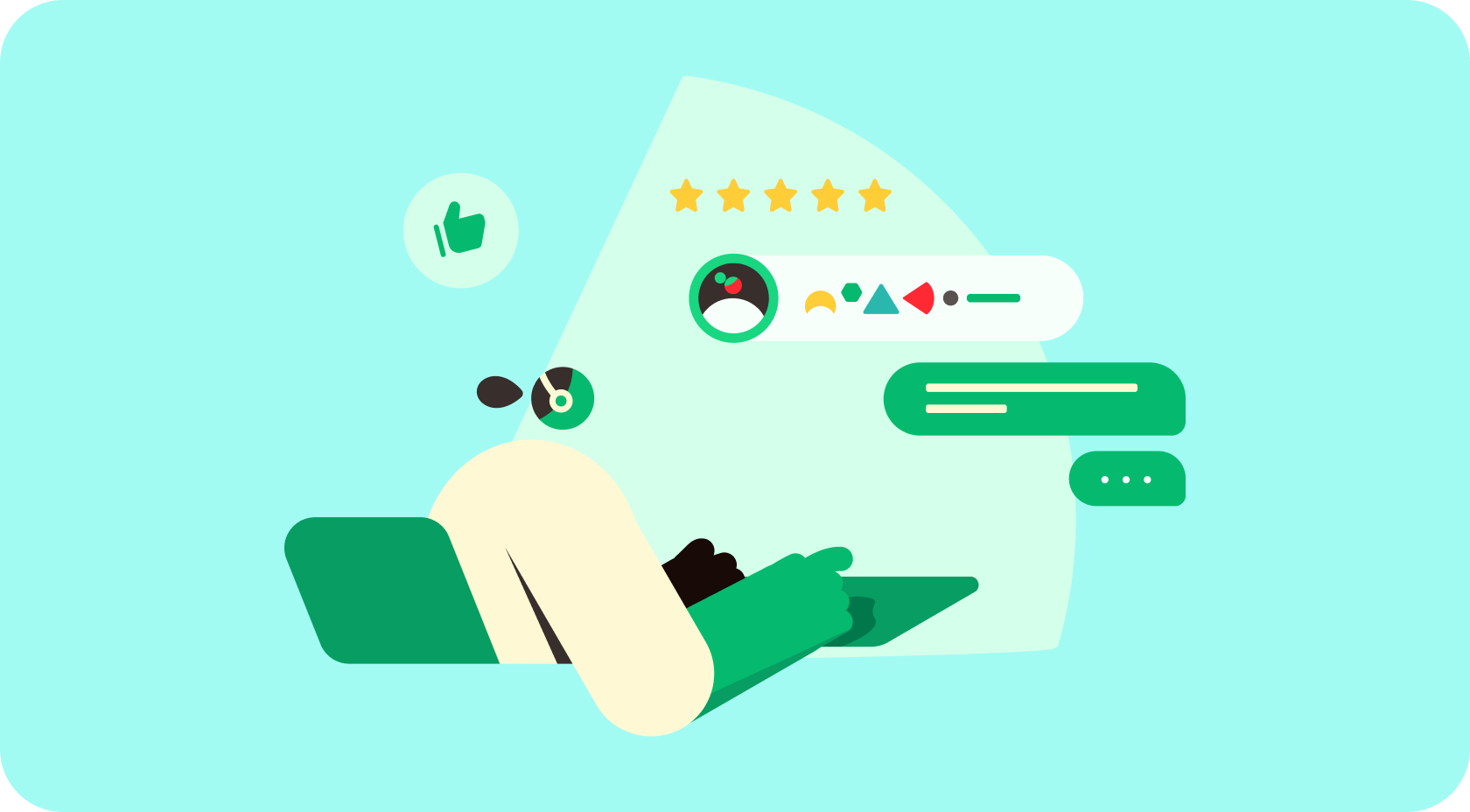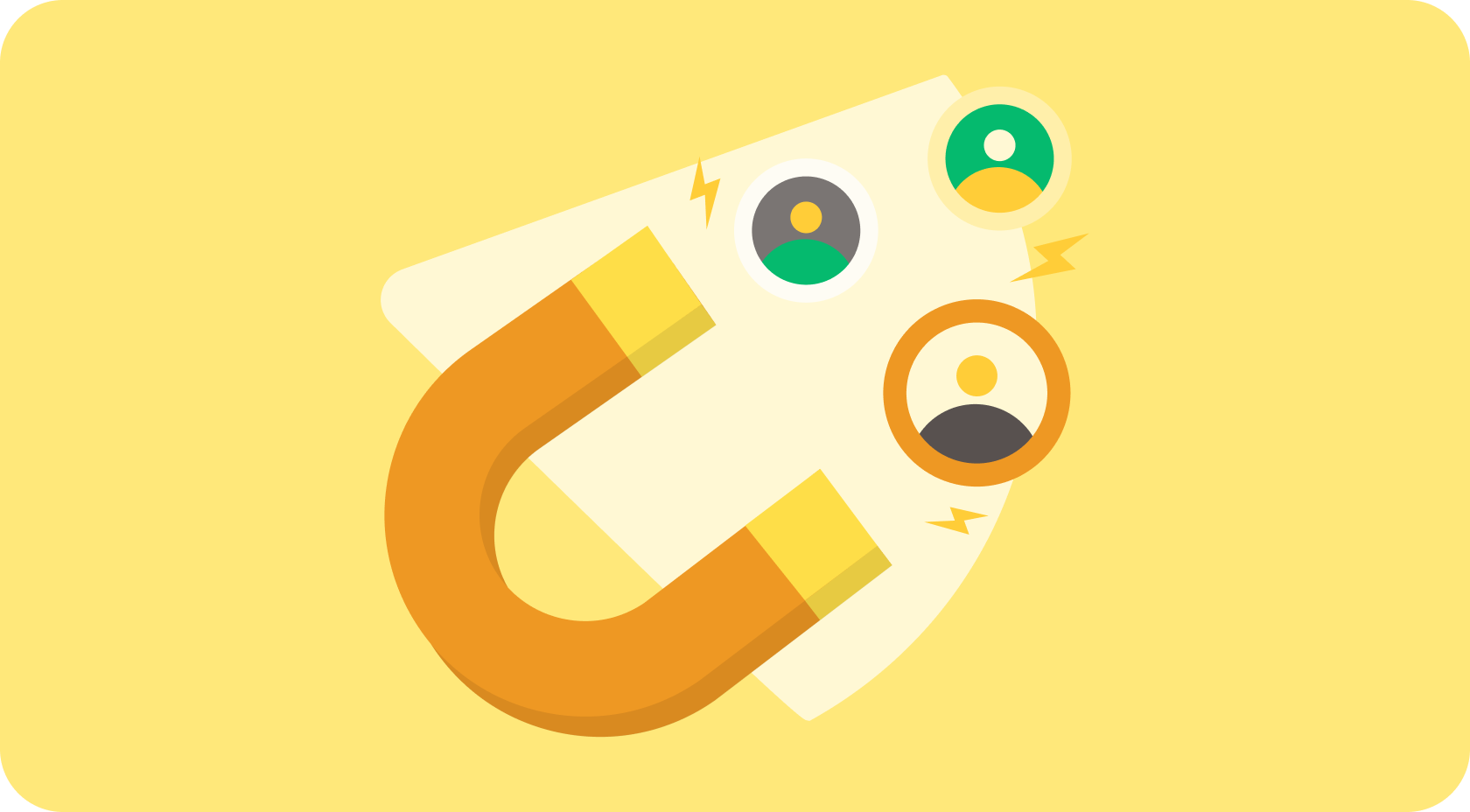Watermelon guide
Supercharge your tech stack with an integrated chatbot
In this guide we will show you how you can supercharge your tech stack with a fully integrated chatbot.
Table of contents
Use cases for an integrated chatbot
Now that we’ve seen how you can integrate your chatbot with your tech stack, let’s take a deeper look into the different use cases of an integrated chatbot. There is of course an unlimited number of ways you can use an integrated chatbot, but we are going to highlight the most useful cases.

Customer service
The most obvious department to utilise the power of a chatbot is of course the customer service department. Overwhelmed with questions from customers, your customer service colleagues often find themselves lacking the time to help every customer adequately. Time for your chatbot to step in!
Earlier we looked at the example of your chatbot answering questions about order statuses by asking customers for their order number and automatically looking up the necessary data in the correct system. This is an excellent example of an integrated chatbot in action.
But what if your service goes beyond order statuses? What if a customer wants to return a product? Here your chatbot can again ask for all the information it needs; order number, product details, reasons for returning, etcetera. Your chatbot can then use this information to process the return request in the corresponding system and confirm with the customer that their request has been submitted and instruct them on how to proceed. Another great example of cross-system automation, without any human interference!

Lead generation
If you think your chatbot is a customer service superstar, don’t be too surprised to find out it has some serious Sales talent as well. Marketing teams everywhere are constantly finding new and creative ways to get potential leads through their funnels and to their conversion points. But more often than not, you find your precious leads lingering there without taking the right actions. We can do better than that!
By actively guiding your leads towards conversations with your chatbot, you already increase the chances of conversions without pushing too hard towards a call to action. If your chatbot can then ask the right questions and provide the right information, you can easily warm up your leads to the point of converting. And that’s when your integrations come into their own.
Of course your chatbot can ask leads for their contact details and have your Sales team do their follow up, but that takes extra time and every minute you wait, your leads get colder. So while your chatbot is already working them into the hot zone, why not go that one step further and actually have your chatbot convert them for you?
Instead of asking for contact information (which is an unnecessary barrier by itself), your chatbot can immediately schedule an appointment with one of your Sales colleagues, directly in their calendar, whilst simultaneously updating your CRM system with valuable data. By eliminating unnecessary steps and letting your chatbot take quick cross-platform actions, you don’t give your leads the time to cool down and your Sales team can get to work with their new potential customers.